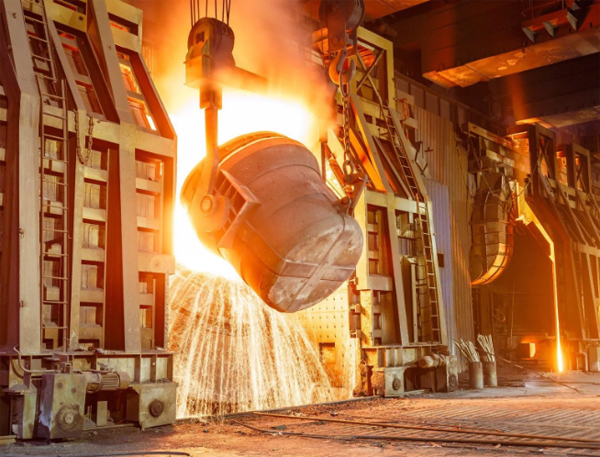
Calcium inclusion control plays a critical role in the steelmaking process, influencing the quality and performance of steel products. Inclusions, particularly calcium-based inclusions, can have detrimental effects on mechanical properties, machinability, and surface quality. Therefore, steelmakers employ various strategies and techniques to effectively manage and control calcium inclusions. This article explores the importance of calcium inclusion control and highlights the key methods employed in steelmaking.
Calcium inclusions refer to non-metallic particles containing calcium that are present in steel. These inclusions can originate from various sources, including raw materials, refractories, and the reaction between steel and the environment during the production process. Calcium inclusions are particularly problematic because of their potential to adversely affect steel properties and performance.
The presence of calcium inclusions in steel can lead to several undesirable effects. These inclusions can decrease the ductility and toughness of the steel, making it more susceptible to cracking and failure. Moreover, calcium inclusions can reduce the steel's fatigue strength and resistance to corrosion. Furthermore, calcium-based inclusions can negatively impact the machinability and surface quality of steel products, leading to challenges in downstream processing and applications.

Steelmakers employ various methods to control and minimize the formation of calcium inclusions. One common approach is the use of calcium treatment agents, such as calcium silicate, calcium aluminate, or synthetic slag additives. These agents react with the calcium present in the steel, facilitating the formation of calcium-based inclusions that are less harmful to steel properties. Another method is the optimization of steelmaking parameters, including temperature, oxygen levels, and alloying elements, to reduce the formation of undesirable inclusions.
Advancements in steelmaking technology have led to the development of advanced techniques for precise calcium inclusion control. One such technique is the use of advanced ladle refining processes, such as vacuum degassing and argon stirring, which promote the removal of calcium inclusions from the molten steel. Additionally, the implementation of continuous casting practices with improved mold fluxes can help reduce the reoxidation of calcium inclusions during solidification.
To ensure effective calcium inclusion control, steelmakers employ rigorous quality assurance and monitoring practices. These include regular sampling and analysis of steel samples to identify and quantify the presence of calcium inclusions. By closely monitoring the inclusion content, steelmakers can make informed adjustments to their production processes and maintain consistent steel quality.
Controlling calcium inclusions is vital for producing high-quality and high-performance steel. By implementing appropriate methods and techniques, steelmakers can minimize the detrimental effects of calcium inclusions on steel properties. Advanced ladle refining processes, optimized steelmaking parameters, and thorough quality assurance practices all contribute to effective calcium inclusion control. With continuous research and technological advancements, the steel industry is continually improving its ability to produce cleaner and more reliable steel products.

Write a Message